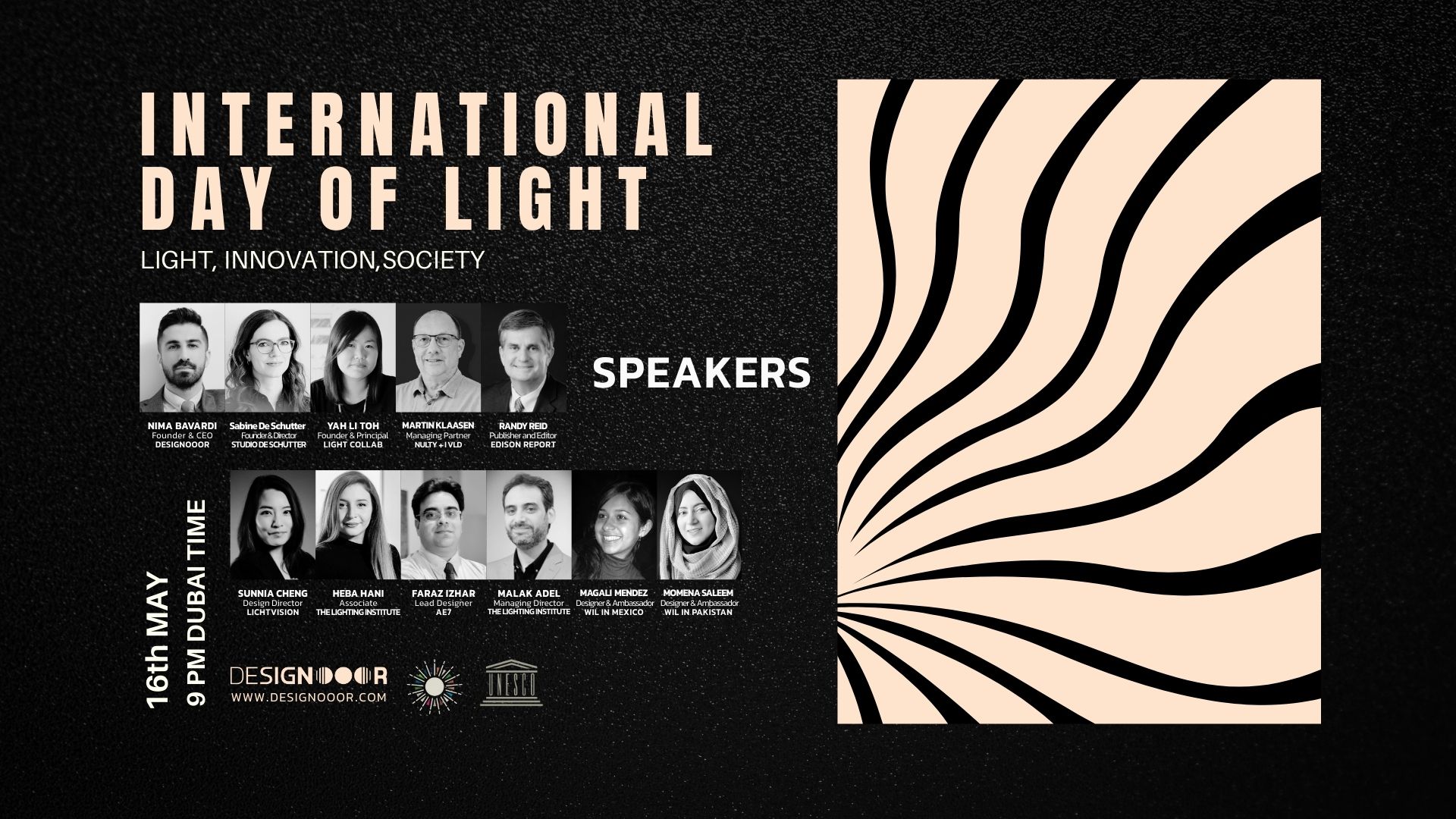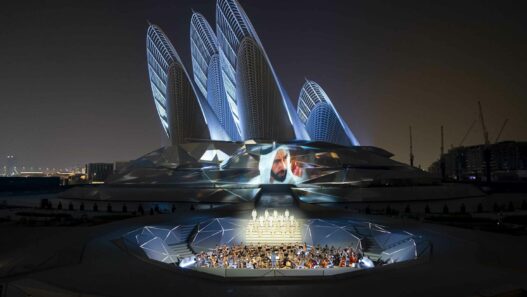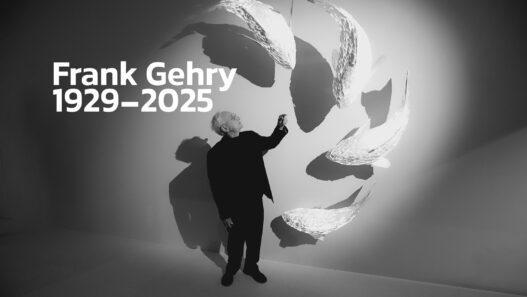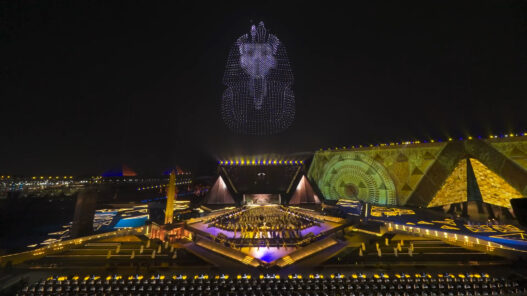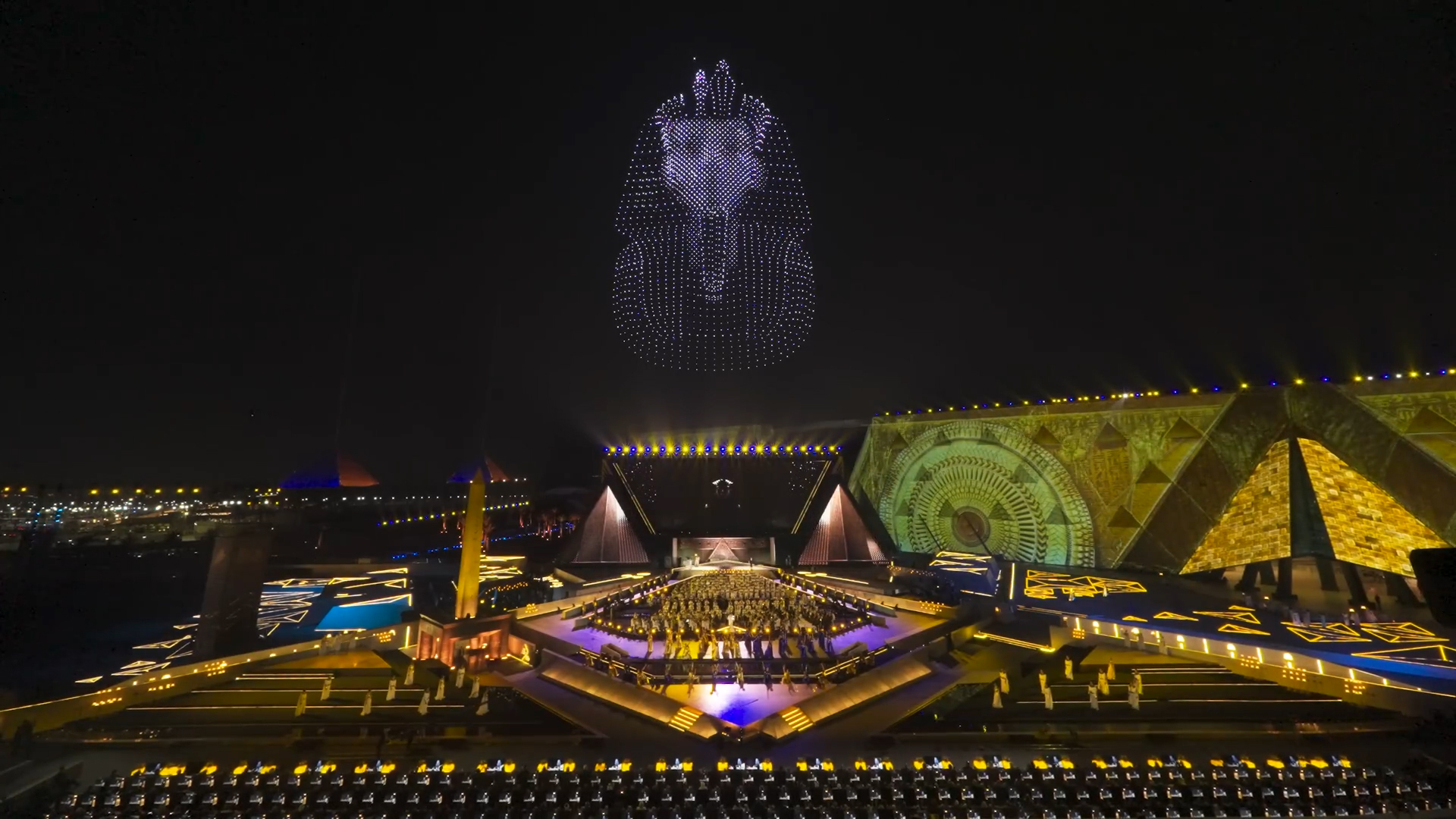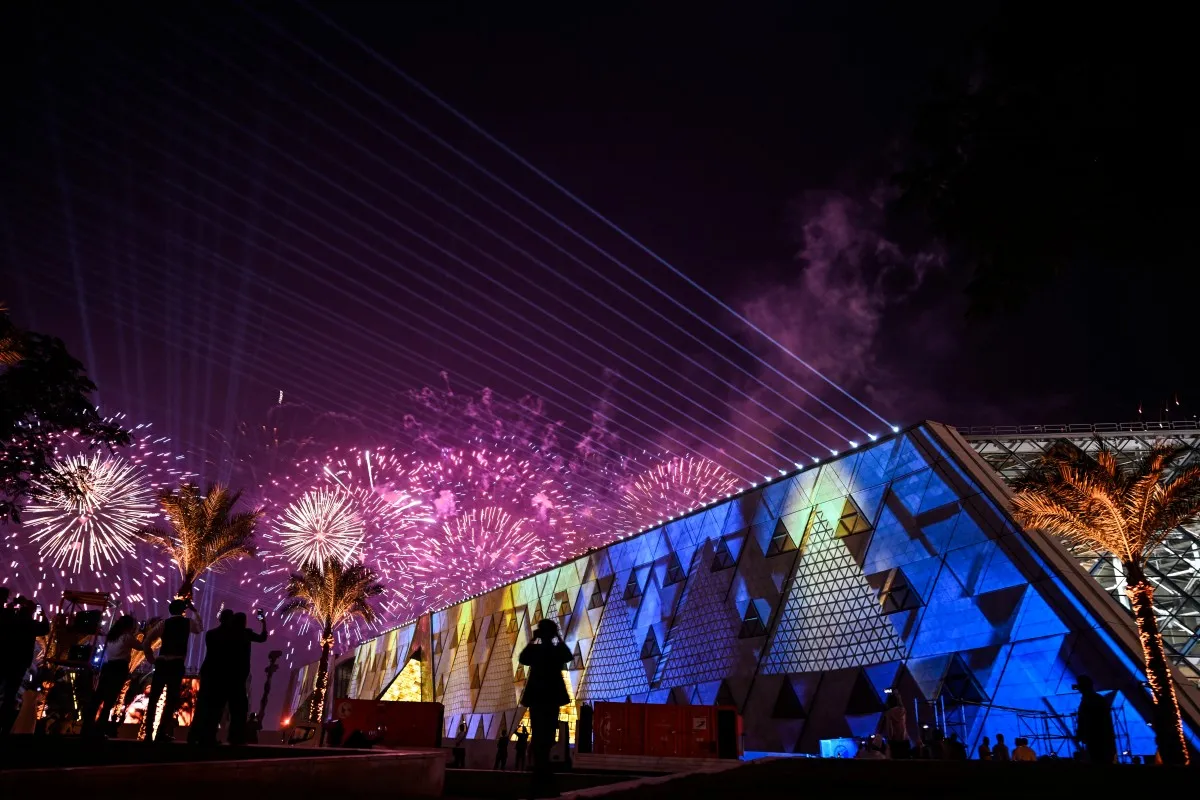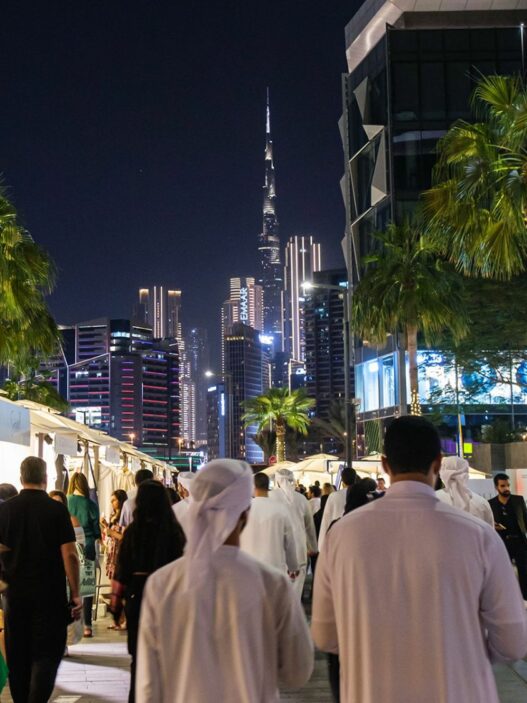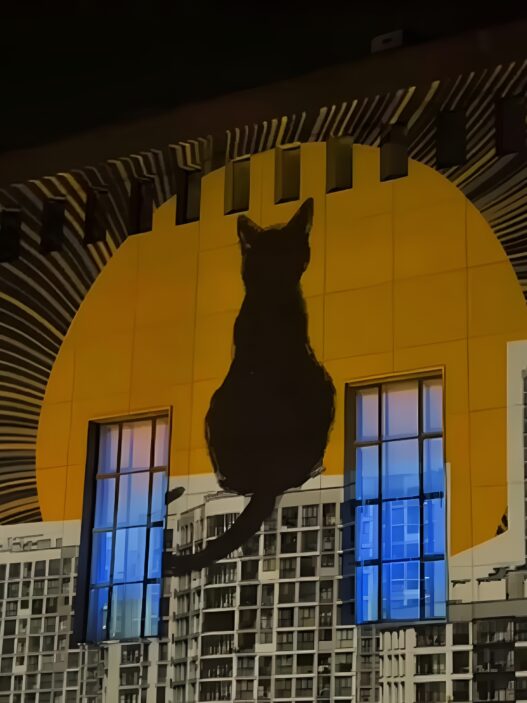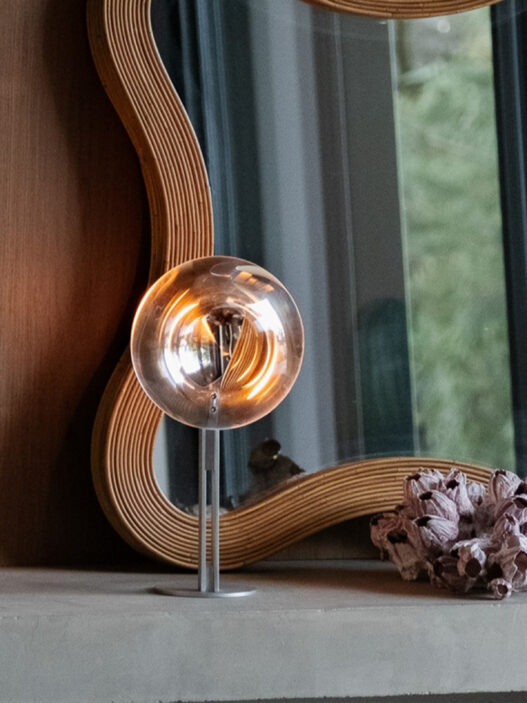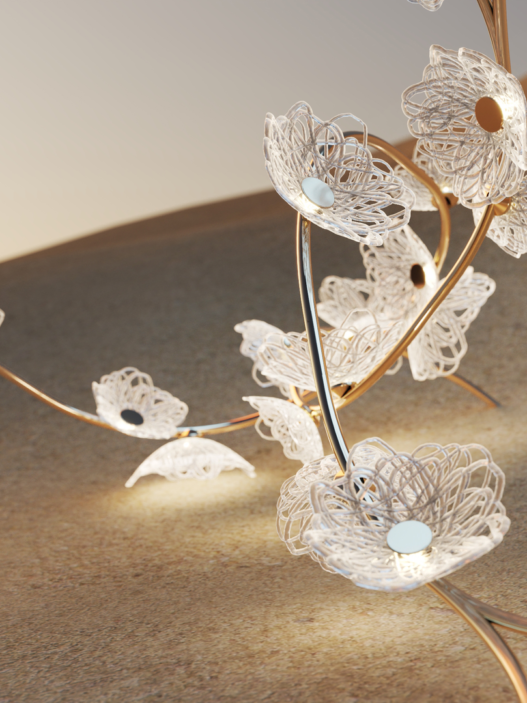A Deep Dive into the Lighting Design of the Grand Opening of the Grand Egyptian Museum (GEM)
The night began quietly, with a kind of stillness that only deserts can hold. A soft wind moved across the plateau, carrying the faint sound of strings from an unseen orchestra. The pyramids waited in their ancient posture, mute, monumental, and in their shadow, the new Grand Egyptian Museum shimmered like a mirage made of glass and stone.
Then, as if the earth itself exhaled, the light began.
At first it was subtle: a warm pulse moving across the alabaster façade, a gold tone climbing upward like dawn. The museum’s architects had called it a “breathing skin,” and on this night it truly did breathe, its surface expanding and contracting in rhythm with sound. The light wasn’t only decoration; it was the opening note in a symphony that would turn history into performance.
When the Pharaoh Rose Again
The first act was titled Tutankhamun Lights Up, a name that felt both literal and mythic. Above the museum, thousands of drones ascended in careful formation, their lights shifting from sapphire to amber, then to a white so clean it seemed to erase the stars.
And then, there he was.
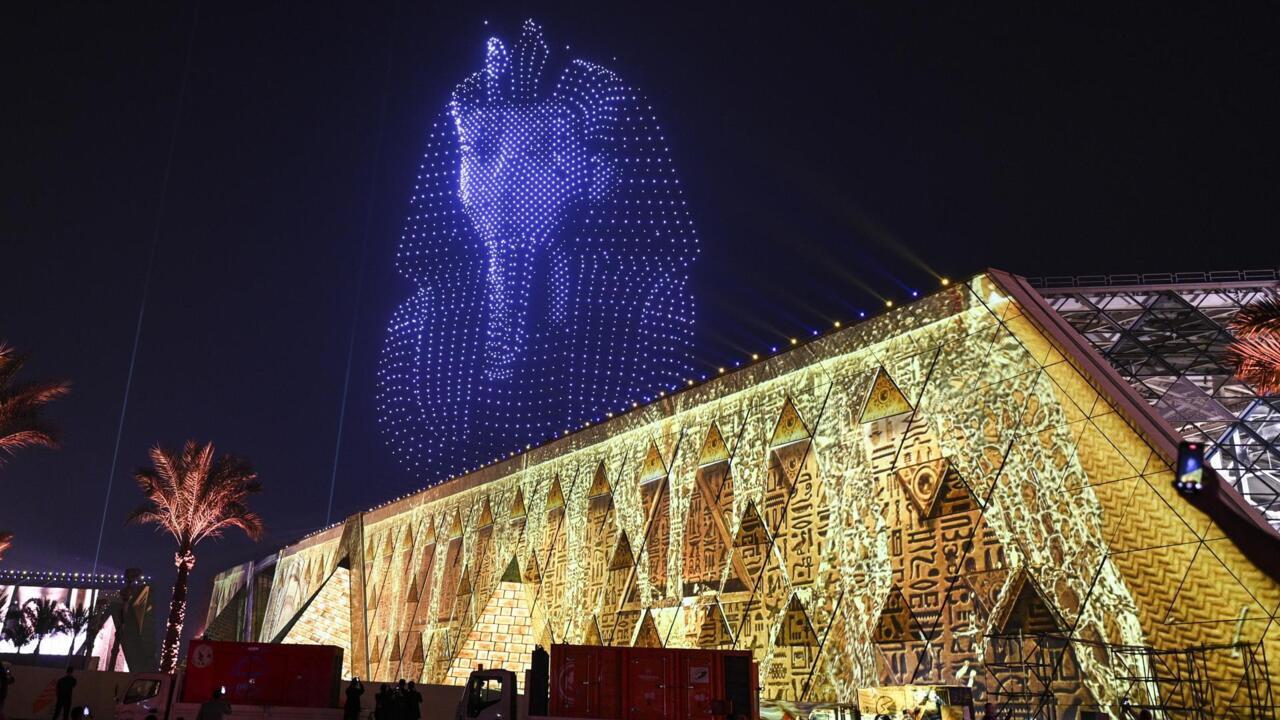
The face of Tutankhamun, built not from gold or stone but from pixels suspended in air, appeared over Giza. His mask hovered for a moment, serene and infinite, before breaking apart into a storm of moving points that became chariots, falcons, the sun disc of Ra. The desert wind bent the beams slightly, making them seem almost alive, breathing, shimmering, human. The lighting design had turned spectacle into silence.
What followed was a conversation between earth and sky: lasers sweeping in precise arcs across the museum’s façade, drones tracing hieroglyphic geometries above the pyramids, and a wash of light that made the desert feel like a vast ceremonial chamber. The color palette evolved like a score, indigo for the underworld, molten gold for resurrection, white for transcendence.
The lighting designers had given the night a structure, a narrative logic.
The Diplomats and the Desert
After the pharaoh dissolved into the darkness, the focus shifted earthward. The second part of the ceremony was more formal: greetings, speeches, messages from distant capitals. The museum’s façade transformed again, this time not as myth but as screen.
During the broadcasted congratulations from world leaders, including a message from Chinese President Xi Jinping, the lighting changed its register. Gone was the theatrical contrast of shadow and radiance; now came precision, restraint, geometry. The surface of the building turned to a vast field of soft white light, over which projected text and moving symbols appeared like diplomatic constellations.
Each message had its own palette. China’s greeting arrived through a red-gold gradient, a quiet nod to shared antiquity. The Egyptian flag bloomed in sequence across the structure, its tricolor bands folding into one another through timed fades. Then, in a moment of deliberate design, the entire building went dark except for a single beam of white light extending upward, a gesture that seemed to connect every speech, every language, to a single axis of illumination.
It was choreography without dancers, diplomacy expressed in gradients.
What struck me wasn’t the political theater, but the empathy of light itself. Even during the formalities, the lighting kept emotion intact. It made protocol feel human.

Inside the Lantern
When guests finally entered the museum, the transition was like stepping from the mythic into the sacred. The desert’s vast brightness gave way to darkness so soft it felt like velvet. Inside, light wasn’t something you looked at, it was something you listened to.
Each gallery was a study in restraint. The designers had built layers of atmosphere: faint wall washes, hidden uplights, gentle reflections off glass. In the Tutankhamun exhibition, the gold surfaces seemed to emit their own light, though in truth it was the result of careful beam angles, each fixture adjusted to within a degree.
The result was not visual drama but intimacy. You leaned closer, your eyes adapting slowly, your breathing syncing with the rhythm of dim illumination. The light became tactile, almost audible.
In a corner of one gallery, a small mirror from the boy-king’s burial chamber caught a fragment of light and scattered it onto the floor. A visitor stepped into it, unaware, and for a second the reflection landed on his hands. He smiled, quietly. That was the kind of moment the lighting design allowed: accidental grace.
Light as Architecture, Light as Memory
Outside, the night continued to unfold. The pyramids now glowed faintly in the distance, lit with a golden haze that seemed to come from within their stones. The museum’s façade pulsed in rhythm with the music, a blend of Egyptian percussion and electronic minimalism.
The lighting team had designed the event as a series of thresholds: every change in light was a change in emotion. They thought of light as architecture in motion, something that could shape how people moved, paused, felt.
Even the pathways between stages were part of the experience. Along the museum’s exterior promenades, the lighting was kept intentionally low, guiding guests by contrast rather than brightness. Pools of warm light marked gathering spaces; thin lines of blue traced edges of stairs and water features. The effect was cinematic yet human-scale.
It reminded me that true lighting design, like good storytelling, is about timing, about when to reveal and when to let darkness do the talking.
A Museum of Shadows and Suns
Later that night, when most guests had left and technicians were shutting down equipment. The drones were gone; the façade dimmed to a quiet amber. Above it, the pyramids looked exactly as they had for five thousand years, utterly indifferent to our small attempts at spectacle.
And yet, the scene felt new.
The Grand Egyptian Museum didn’t compete with the pyramids; it conversed with them. One was built from stone to last forever, the other from glass to capture a single night of light. Together, they described the continuum of Egyptian imagination, from permanence to impermanence, from the solid to the spectral.

After the Afterglow
In the days that followed, the videos of the opening ceremony flooded every screen: the pharaoh in the sky, the lasers, the applause. But the cameras couldn’t quite capture the real miracle of that night, the subtlety of transition, the rhythm of silence, the hum between brightness and shadow.
What remains in memory is not the spectacle but the sensation: the way the museum’s façade breathed, the way the light seemed to listen, the way ancient and modern time met for a moment and recognized each other.

For those who were there, the night became a private myth. Not because of its scale or its technology, but because of its quiet mastery. The designers had managed to turn the oldest civilization on earth into an act of living light, ephemeral, precise, and profoundly human.
The last trace of illumination lingered above the desert, pale and trembling. For a second, it looked as though the stars themselves were adjusting their focus, trying to remember what it felt like to be seen.
